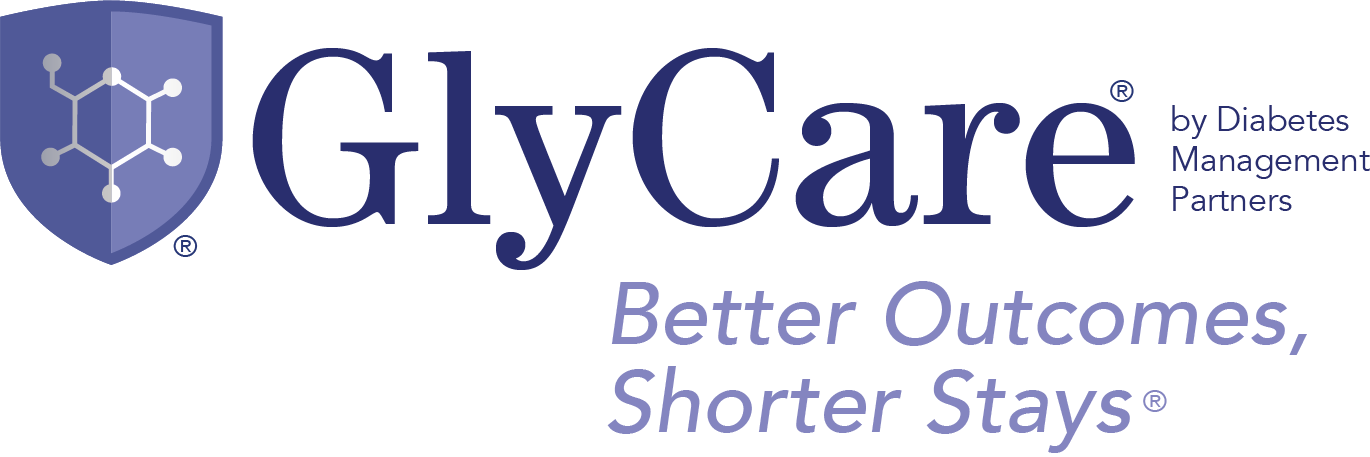Why The LGBTQ+ Community Is at Greater Risk for Type 2 Diabetes
Why Supporting Health Education and Awareness Is Vital in Reducing Health Disparities
By Jennifer Peterson, DNP, APRN, LMT, FNP-BC
Awareness is key in the first step to eliminating health disparities. In the United States, over 34 million people have diabetes and approximately 88 million have prediabetes. The LGBTQ+ community has unique health disparities and worse health outcomes which lead to an increased risk for type 2 diabetes. Research suggests some subgroups of the LGBTQ+ community have a higher rate of developing type 2 diabetes. African Americans, Mexican Americans, American Indians, Native Hawaiians, Pacific Islanders, and Asian Americans, as well as people who have relatives with diabetes, are already at greater risk for type 2 diabetes. Add sexual minority to any one of those and the risk is compounded.
Lesbian and bisexual women
Lesbian and bisexual women (LB) who are cisgender (not transgender) are more likely to be overweight or obese compared to their straight peers. High body mass index is a major risk factor for developing type 2 diabetes. Cigarette smoking is another risk factor prevalent within the LB community. Polycystic ovarian syndrome (PCOS) prevalence is highest among lesbians and PCOS is a risk factor for type 2 diabetes.
Gay and bisexual men
Gay and bisexual (GB) cisgender men are more likely to smoke cigarettes and engage in at-risk alcohol use. Additionally, GB men have higher rates of HIV, lending to an increased risk of type 2 diabetes because some HIV medications increase insulin resistance. Diabetes rates among men receiving HIV treatment are four times that of HIV negative men.
Transgender people
Transgender people also have a higher risk of developing type 2 diabetes, most likely because gender-affirming hormone therapy may contribute to weight gain and other risk factors. Research also suggests a higher rate of tobacco use and hazardous drinking. Add on to that, transgender men are more likely to be obese and have poor cholesterol compared to cisgender men. Transgender women have a high HIV rate, like GB men, and may be at risk due to medications. Additionally, up to 39% of transgender people experience harassment when seeking routine healthcare.
The impact of stigma on diabetes
Behavioral health issues due to stigma and discrimination can complicate the prevention, treatment, and management of diabetes. Depression and suicide rates are highest within the LGBTQ+ community as well as substance abuse and alcohol misuse. Not only does the stigma make people sick, it also makes seeking healthcare a challenge. Homophobia, transphobia, racism, and ableism unfortunately exist within our healthcare system. As such, people are hesitant to obtain the appropriate care needed. Awareness needs to increase so that measures can be taken to lessen the disparities that exist within the LGBTQ+ community.
About the author
Dr. Jennifer Peterson, Nurse Practitioner, is the Director of Quality Assurance and Integration for GlyCare. She has years of experience managing diabetes for patients in the hospital and now trains other nurse practitioners to do the same. Dr. Peterson also ensures GlyCare provides high-quality services for all patients through a quality review program she created.
References
Centers for Disease Control and Prevention, U.S. Department of Health and Human Services. (2020). National Diabetes Statistics Report 2020: Estimates of Diabetes and Its Burden in the United States.
Centers for Disease Control and Prevention. (2020). Prediabetes – your chance to prevent type 2 diabetes.
Garnero, T. (2010). Providing culturally sensitive diabetes care and education for the lesbian, gay, bisexual, and transgender (LGBT) community. Diabetes Spectrum, 23(3), 178-182.
Mayer, M. (2020, June 25). Why the LGBTQ+ community faces a higher diabetes risk than the general population. Everyday Health.
National LGBT Health Education Center. (2019). Diabetes prevention and management for LGBTQ people.
Learn more about partnering with GlyCare for a turn-key diabetes management service. For more information on how to incorporate either in-person or virtual diabetes management, contact us today.

